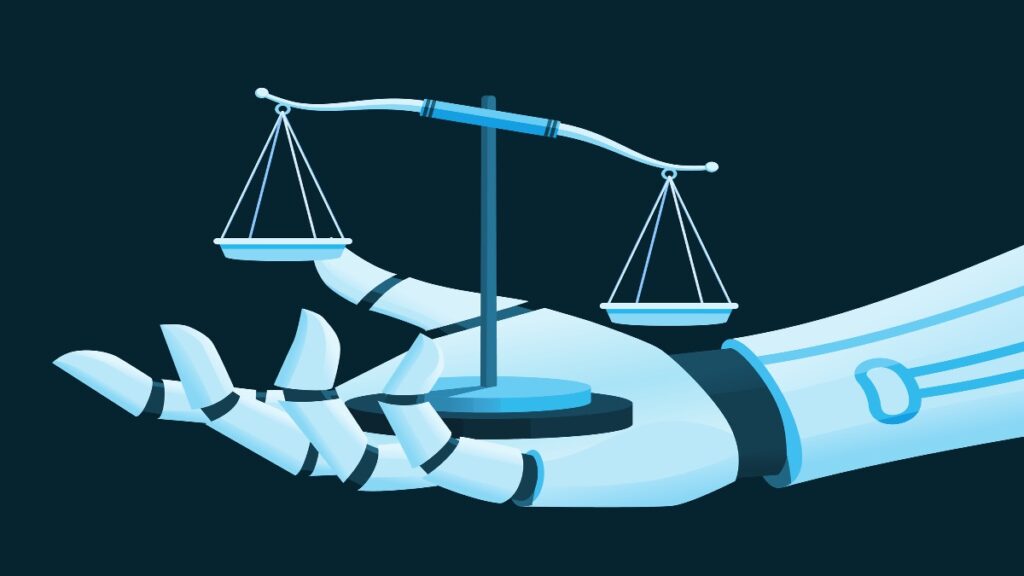Ever since AI started generating pictures and text, the problem of intellectual property and copyright has come into focus. It makes sense — imagine you’re a photographer who worked hard to upload thousands of images to stock repositories and social media. Your imagery’s distinct style is your life’s work and you have left your mark across the internet. Then, suddenly, a company uses GenAI to create marketing imagery that’s clearly in your established style — but doesn’t pay you or provide any attribution. What do you do?
Although there are companies looking for answers, the problem is unresolved. Midjourney and Stability AI are both named in lawsuits for copyright infringement. Getty Images, the stock image repository, recently sued Stability AI for using its images to train its model without licensing the images.
Amid these unanswered questions, an Israel-based startup building infringement-free GenAI called Bria is making moves. Bria is focusing on image generation but with a unique twist. All the images used for training its models were properly licensed from image repositories, artists, agencies, and media organizations. As a result, the output images do not infringe copyright laws and Bria’s users can rest assured their work is legal and ethical.
Adding to its momentum, Bria recently announced a $24M series B funding round led jointly by GFT Ventures, Intel Capital, and Entrée Capital with participation from Publicis Groupe, Getty Images, and Samsung Next.
Ask Cloud Wars AI Agent about this analysis
Other competitors who have developed GenAI systems for images, including Adobe and Getty, avoided the issue of infringement by training their models only on their own repositories. This comes with a limitation on how much training data they can source and the performance of the model. Bria took a different approach by licensing from dozens of organizations to provide a robust, highly curated training data set. With its approach, Bria users can be confident that the output images won’t contain toxic imagery.
Bria also developed a unique attribution system that looks at the output image and backtracks to determine which images in the training data most influenced the output. The startup then pays the owners or licensors of those images accordingly. For instance, using the scenario referenced in this introduction, if a company generates and uses an image that clearly mimics your unique style, you would get paid.
Unfortunately, the payout system also means that Bria is marginally more expensive to use than competitors like Midjourney. But for their target enterprise customers, the extra cost is easily justified by reducing the risk of infringement. Marketing firms and agencies using Bria for their client work must be sure that the work is infringement-safe and ethically created. Other GenAI tools don’t meet this need — hence Publicis’ investment in the company. Plus, attribution is simply the right thing to do.
Bria is coming at a time when lots of enterprises see the value of GenAI but hesitate due to concerns regarding toxic content, copyright infringement, and more. Some enterprises have partnered with AI companies or decided to bring training in-house, which is a difficult and expensive undertaking. Bria lets you hit the ground running, generating images through its web app or API that you know are safe to use.
Nonetheless, there are a lot of challenges ahead for Bria. Regulation is likely to play a big role in GenAI’s continuing evolution in the coming years. There is also intense competition in image generation and other players are likely to refine their data sets if customers continue to prioritize infringement protection and avoiding toxic output. In the end, we’ll see what wins out: size and performance or safety, ethics, and quality.











